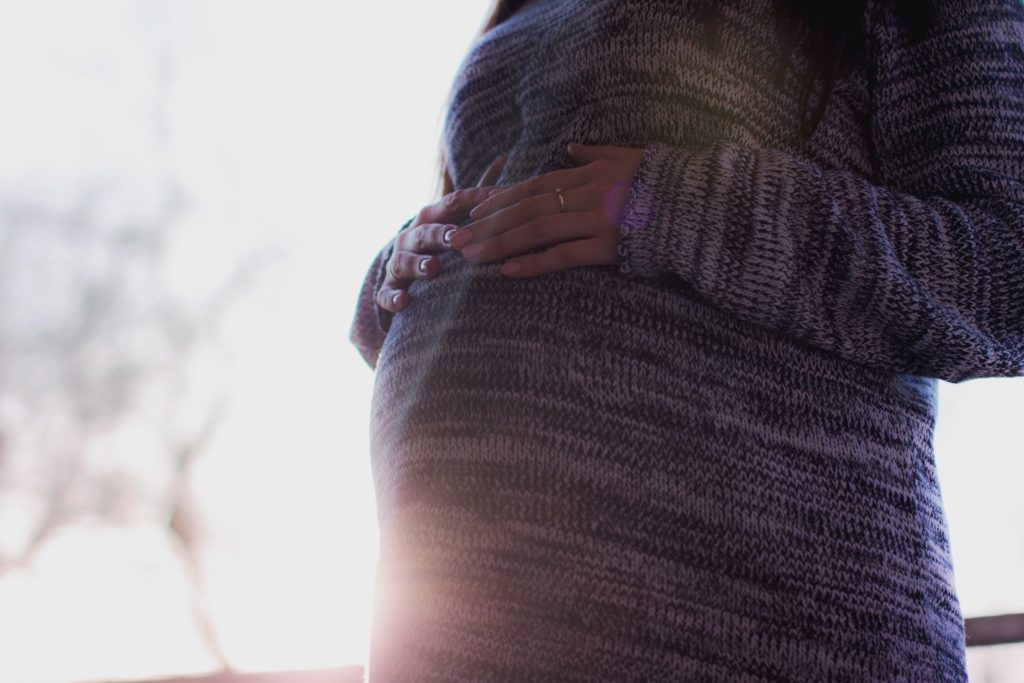Getting pregnant isn’t always easy – and it doesn’t need a health condition interfering with your fertility to make it challenging. Your chance to conceive each month is tightly constrained, and if you’re not able to try to get pregnant during this time, you won’t be successful.
Not knowing what your fertile window is, let alone when it is puts you at a disadvantage that you need to do something about. If you have any kind of condition that affects your fertility, like Polycystic Ovary Syndrome, which affects as many as 20% of the women in the UK, then it becomes a vital necessity.
Defining the Fertile Window
Ovulation and fertility are inextricably linked: the time when you can get pregnant, when you’re fertile, is anchored by when you ovulate in each menstrual cycle.
To technical, but brief, you can only get pregnant when sperm meet a fertile egg. This happens (usually) in the fallopian tubes, which connect ovaries to the uterus. That means your ‘fertile window’ (the days in each menstrual cycle when you’re fertile and can get pregnant) are defined by how long sperm can survive in a woman’s body and how long an egg remains fertile once it’s been ejected by the ovaries (this moment of ejection is ovulation).
As sperm can survive in a woman’s body for four to five days, and an egg remains fertile for between twelve and twenty four hours, this gives the majority of women a fertile window of between five and six days in each menstrual cycle.
This can affected by other issues: smoking, drinking and poor diet can lower the quality of sperm and eggs, meaning they don’t survive as long and contract your fertile window. PCOS makes it harder for your body to mature and release an egg, so you’re fertile less often and at unpredictable times.
When is Your Fertile Window
Identifying this key period is no easy task, but plenty of help is available. Hormone testing kits can tell you when you’re ovulating, but come with problems that can make them less effective: if you don’t share the average hormone make up that they’re tailored to, they can give false positives and negatives and they don’t work well ahead of time.
Measuring your basal body temperature gives you more accurate results but can be complicated – though high tech packages exist that can take accurate temperature readings and process the data into a prediction so it’s well worth looking into these!

Leave a Reply
You must be logged in to post a comment.